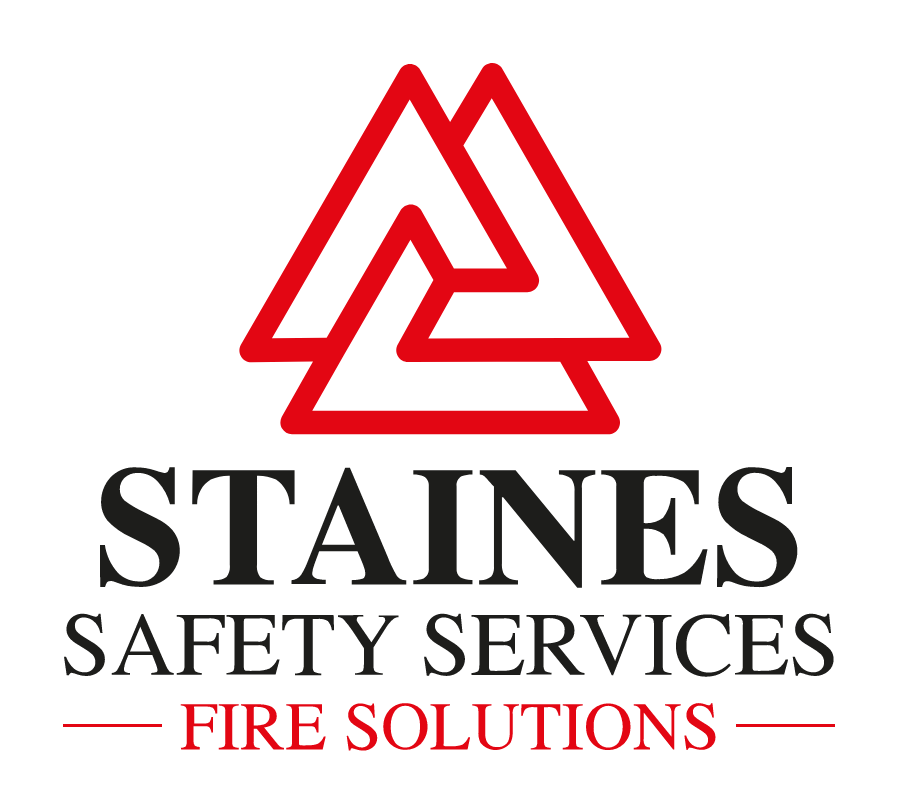
The Types of Fire Risk Assessments
In the UK, fire risk assessments (FRAs) for multi-occupied residential buildings, such as blocks of flats, are categorised into four types based on their scope and intrusiveness. These assessments are mandated under the Regulatory Reform (Fire Safety) Order 2005. Below is a clear explanation of the differences between Type 1, Type 2, Type 3, and Type 4 fire risk assessments, tailored to the UK context.
Type 1 Fire Risk Assessment
– Scope: The most common and basic FRA focuses only on the common parts of a building (e.g., corridors, stairwells, lobbies, communal entrances).
– Nature: Non-destructive, meaning no physical damage is done to the structure during the inspection.
– What’s Assessed:
– Escape routes, emergency lighting, and fire signage in communal areas.
– Fire detection and alarm systems in shared spaces.
– Fire doors leading to common areas
– When Used: Suitable for most purpose-built blocks of flats or conversions. Use it when there are no significant concerns about structural fire safety. It satisfies the minimum requirements of the Fire Safety Order.
– Limitations: Does not include private dwellings (flats) unless there’s a specific reason to suspect health and safety issues. It doesn’t involve intrusive inspections.
Type 2 Fire Risk Assessment
– Scope: Similar to Type 1. It focuses on common parts of the building, but includes destructive sampling to investigate potential fire risks.
– Nature: Destructive, involving physical inspection of hidden areas. This includes opening up walls, ceilings, or floors to check compartmentation or fire-stopping.
– The Assessed:
– Integrity of fire compartmentation in communal areas. This includes cavity barriers and fire-stopping in concealed spaces.
– Structural elements that could contribute to fire spread if defective.
– When Used: Recommended only when a Type 1 FRA identifies serious concerns about structural flaws. Such flaws might include inadequate compartmentation that could lead to fire spread. It’s not a standard procedure and requires clear justification.
– Challenges: Requires a contractor to open and repair inspected areas. It is typically done when the property is vacant.
Type 3 Fire Risk Assessment
– Scope: Extends beyond Type 1 to include both common parts and individual flats.
– Nature: Non-destructive, relying on visual inspections without damaging the structure.
– The Assessed:
– Means of escape, fire detection and fire alarms within flats.
– Fire resistance of internal flat doors and compartmentation between flats.
– General fire safety conditions inside flats (e.g., layout, potential hazards).
– When Used: Necessary when there’s reason to suspect fire risks inside flats. For instance, older buildings, rented flats, or properties with suspected unauthorised alterations.
– Challenges: Arranging access to individual flats can be difficult, especially in leasehold properties. It’s easier to conduct in rented or vacant flats.
Type 4 Fire Risk Assessment
– Scope: The most comprehensive. It covers both common parts and individual flats, with destructive sampling in both areas.
– Nature: Destructive, involving intrusive inspections (e.g., opening walls, ceilings, or floors in flats and communal areas). It assesses hidden fire risks.
– The Assessed:
– Compartmentation and fire-stopping in both common areas and flats.
– Structural integrity related to fire safety across the entire building.
– Detailed analysis of fire safety management systems, policies, and training (in some cases).
– When Used: Required in exceptional circumstances. For example, when a Type 1 or Type 3 FRA identifies serious defects in both common areas and flats. It is used for high-risk buildings, such as high-rise residential blocks, or after a serious fire incident.
– Challenges: coordination with contractors for access, inspection, and repairs. Access to flats is difficult. Pre-2000 buildings may need asbestos assessments.
Conclusion
Type 1 FRAs are the default for most residential buildings, focusing on communal areas non-destructively. A type 2 adds destructive sampling to common areas for specific structural concerns. A type 3 extends to flats non-destructively for broader fire risk concerns. Meanwhile, Type 4 is the most thorough. It involves destructive inspections in both flats and common areas for high-risk or problematic buildings. Always start with a Type 1 FRA. For tailored advice, consult a competent fire risk assessor. Also, refer to us at Staines Safety Services Ltd.
